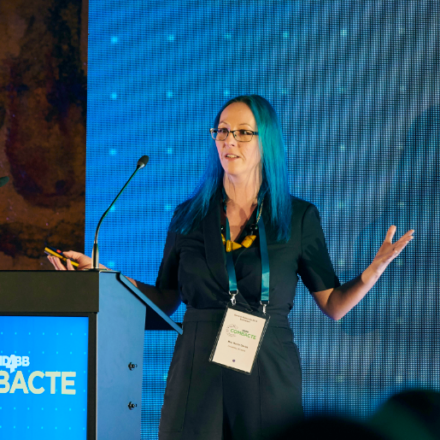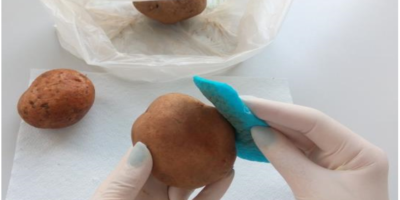Reflecting on COMBACTE-CDI
Nathalie Seigneuret, IHI Scientific Project Manager for COMBACTE, and Kerrie Davies, Scientific Coordinator of COMBACTE-CDI, share their throughts on the COMBACTE-CDI project.
The Project
Nathalie Seigneuret, IHI Scientific Project Manager for COMBACTE: “COMBACTE-CDI was dedicated to developing a detailed understanding of both the clinical impact of Clostridioides difficile infections (CDI) for patients and its epidemiology across Europe. It was meant to help assess not just the scale of the problem in terms of patient morbidity and mortality but also of the impacts it has on entire healthcare economies – which has never been done before in Europe or the rest of the world. It was the last project that was launched under the IMI2-ND4BB programme, and it successfully delivered on its objectives.”
Kerrie Davies, Scientific Coordinator of COMBACTE-CDI, shares “COMBACTE-CDI has managed to use a single source of data for making many different analyses. It’s an example of how, if you set up a study correctly, you can use the data for multiple purposes and gain multiple insights, maximising the benefits for research and patients. COMBACTE-CDI’s novel and unique approach has provided a much broader picture of what is out there in terms of C. diff infections and what exactly might be causing the biggest problems.”

“COMBACTE-CDI has connected top experts in CDI to the CLIN-Net and LAB-Net networks. That has expanded the expertise of those networks as they transit to Ecraid.”
The Results
“Traditionally, research into CDI has focused on hospital-associated infections” Nathalie says. “COMBACTE-CDI also looked at the interplay between hospital infections and the community, including bacterial strains that can be found in animals and food-products. Among the project’s most notable outcomes are significant new insights into the burden undetected CDI has on healthcare systems in Europe. Those insights include better estimates of infection incidence, distribution, recurrence, and transmission, as well as associated morbidity and mortality and wider impacts on the healthcare economy. The project established, for example, that the largest burden in terms of healthcare costs derives from the 25-30% of patients who experience recurrent C. diff infections. In such patients, every recurrence increases the chance of subsequent infections, which places them on a kind of ‘recurrence escalator’. This insight points to focusing treatment and prevention actions on reducing the recurrence of infections more than on treating all primary infections.
The outcomes also highlight the need for increased awareness of CDI both among healthcare professionals and the wider community, such as adults with known predisposing risk factors or in those with prolonged days of diarrhoea. Increased awareness can reduce transmission rates and thus reduce the potential for further healthcare burden. The team also discovered that European countries are not all the same. Those that did little testing for CDI tend to have higher infection levels and low strain diversity, whereas those that test intensively have lower infection levels and huge diversity in strains. That suggests that the latter are not dealing with outbreaks but with sporadic cases. Testing, in other words, seems to be effective in reducing transmission and outbreaks. Following existing treatment guidelines by hospitals also proved to be associated with lower burdens of CDI.
All those insights will have important impacts on prevention strategies such as educational and testing efforts and programmes. They will no doubt also support the development of novel diagnostic and therapeutic options and open the door to further research for instance on the role of food products in C. diff transmission.”

“I have been surprised by the high level of openness and honesty between the academic consortium members and the industrial partners, GSK and bioMérieux. It was a really great experience working as true partners to deliver what we all wanted to deliver.”
Related updates

November is Clostridioides difficile Awareness Month

Could potatoes play a role in C. difficile transmission?
